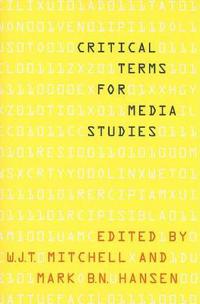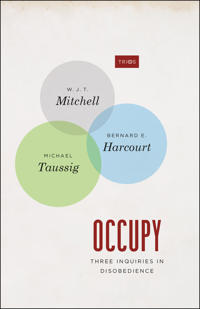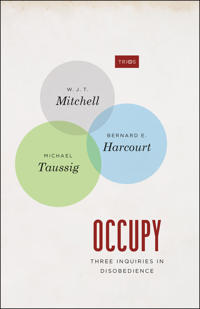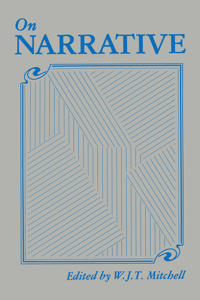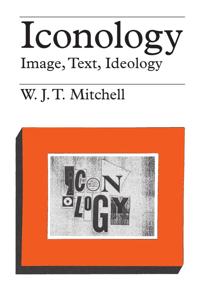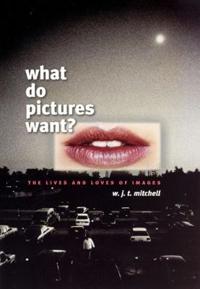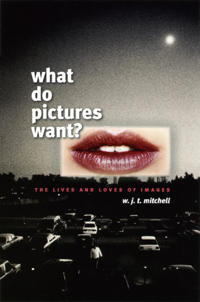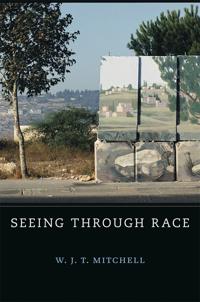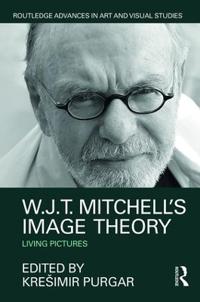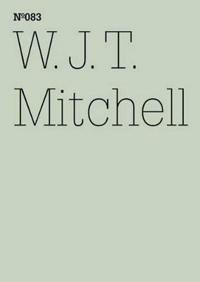Imagining MIT: Designing a Campus for the Twenty-first Century (Övrig)
avW. J. Mitchell
ISBN: 9780262134798 - UTGIVEN: 2007-03-09In the 1990s, MIT began a billion-dollar building program that transformed its outdated, run-down campus into an architectural showplace. Funded by the high-tech boom of the 1990s and and driven by a pent-up demand for new space, MIT's ambitious rebuilding produced five major works of architecture: [...]
Critical Terms for Media Studies (Pocket)
avW. J. T. Mitchell, Mark B. N. Hansen, W. J. T. Mitchell
ISBN: 9780226532554 - UTGIVEN: 201003Communications, philosophy, film and video, digital culture: media studies straddles an astounding array of fields and disciplines and produces a vocabulary that is in equal parts rigorous and intuitive. "Critical Terms for Media Studies" defines, and at times redefines, what this new and hybrid are[...]
The Signifying Monkey (Pocket)
avGates, Henry Louis, Jr., W. J. T. Mitchell
ISBN: 9780195136470 - UTGIVEN: 2014-07-23Occupy (Inbunden)
avW. J. T. Mitchell, Bernard E. Harcourt, Michael Taussig
ISBN: 9780226042602 - UTGIVEN: 201305Mic check! Mic check! Lacking amplification in Zuccotti Park, Occupy Wall Street protestors addressed one another by repeating and echoing speeches throughout the crowd. In "Occupy", W. J. T. Mitchel, Bernard E. Harcourt, and Michael Taussig take the protestors' lead and perform their own resonant c[...]
Occupy (Häftad)
avW. J. T. Mitchell, Bernard E. Harcourt, Michael Taussig
ISBN: 9780226042749 - UTGIVEN: 201305Mic check! Mic check! Lacking amplification in Zuccotti Park, Occupy Wall Street protestors addressed one another by repeating and echoing speeches throughout the crowd. In "Occupy", W. J. T. Mitchell, Bernard E. Harcourt, and Michael Taussig take the protestors' lead and perform their own resonant [...]
On Narrative (Häftad)
avW. J. T. Mitchell
ISBN: 9780226532172 - UTGIVEN: 198111Essays examine the way stories are told, understood, and used to represent and make sense of the world[...]
Iconology (Häftad)
avW. J. T. Mitchell
ISBN: 9780226532295 - UTGIVEN: 198707"[Mitchell] undertakes to explore the nature of images by comparing them with words, or, more precisely, by looking at them from the viewpoint of verbal language. . . . The most lucid exposition of the subject I have ever read".--Rudolf Arnheim, "Times Literary Supplement"[...]
What Do Pictures Want? (Inbunden)
avW. J. T. Mitchell
ISBN: 9780226532455 - UTGIVEN: 2005-07Why do we have such extraordinarily powerful responses toward the images and pictures we see in everyday life? Why do we behave as if pictures were alive, possessing the power to influence us, to demand things from us, to persuade us, seduce us, or even lead us astray? According to W. J. T. Mitchell[...]
What Do Pictures Want? (Pocket)
avW. J. T. Mitchell
ISBN: 9780226532486 - UTGIVEN: 200611Why do we have such extraordinarily powerful responses toward the images and pictures we see in everyday life? Why do we behave as if pictures were alive, possessing the power to influence us, to demand things from us, to persuade us, seduce us, or even lead us astray?
According to W. J.[...]Cloning Terror (Pocket)
avW. J. T. Mitchell
ISBN: 9780226532608 - UTGIVEN: 201101The phrase 'War on Terror' has quietly been retired from official usage, but it persists in the American psyche, and our understanding of it is hardly complete. Nor will it be, W. J. T. Mitchell argues, without a grasp of the images that it spawned, and that spawned it. Exploring the role of verbal [...]
Poetics of Gardens, The (Övrig)
avCharles W. Moore, William J. Mitchell, William Turnbull
ISBN: 9780262631532 - UTGIVEN: 1993-10-01There is a universality about the creation of gardens across time and in diverse cultures that has inspired this entirely different garden book: a playful and affectionate typology of gardens; a pattern book in which a score of landscapes and gardens are drawn, described, and analyzed not just as a [...]
Seeing Through Race (Inbunden)
avW. J. T. Mitchell
ISBN: 9780674059818 - UTGIVEN: 201205According to W.J.T. Mitchell, a "color-blind" post-racial world is neither achievable nor desirable. Against popular claims that race is an outmoded construct that distracts from more important issues, Mitchell contends that race remains essential to our understanding of social reality. Race is not [...]
W.j.t. Mitchell's Image Theory
ISBN: 9781138185562 - UTGIVEN: 2016-12W.J.T. Mitchell-one of the founders of visual studies-has been at the forefront of many disciplines such as iconology, art history and media studies. His concept of the pictorial turn is known worldwide for having set new philosophical paradigms in dealing with our vernacular visual world. This book[...]
Seeing Madness / Den Wahnsinn sehen (Pocket)
avW. J. T. Mitchell
ISBN: 9783775729321 - UTGIVEN: 201208


